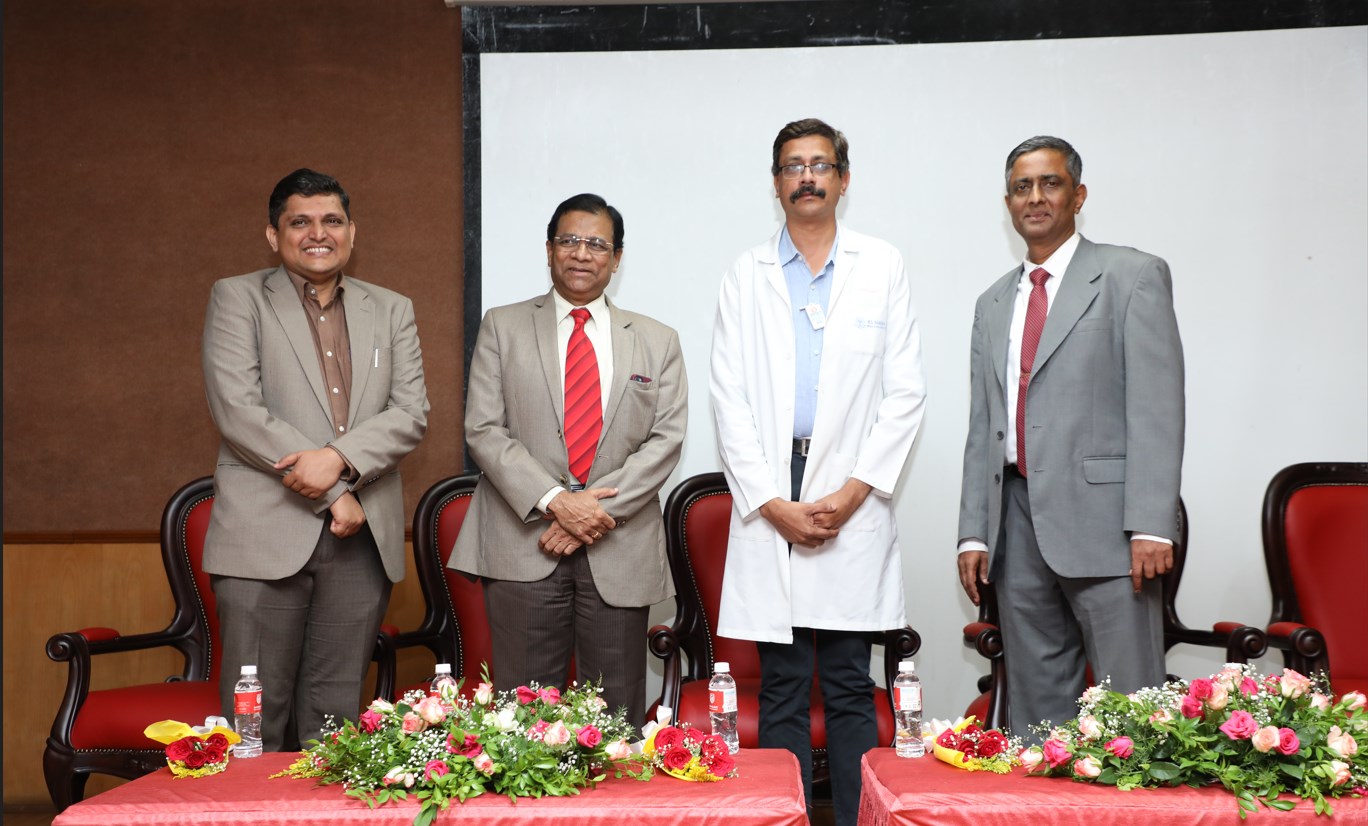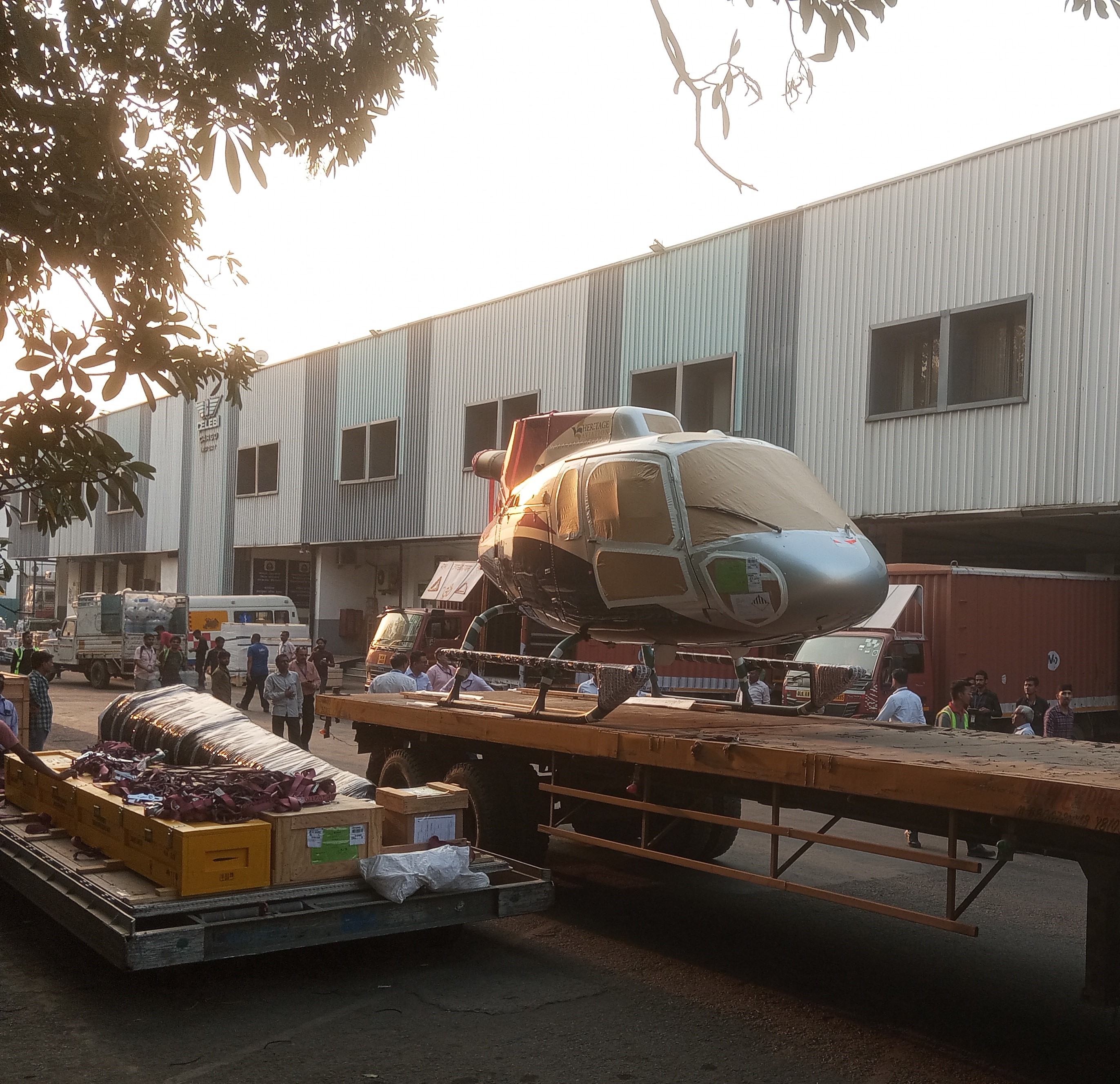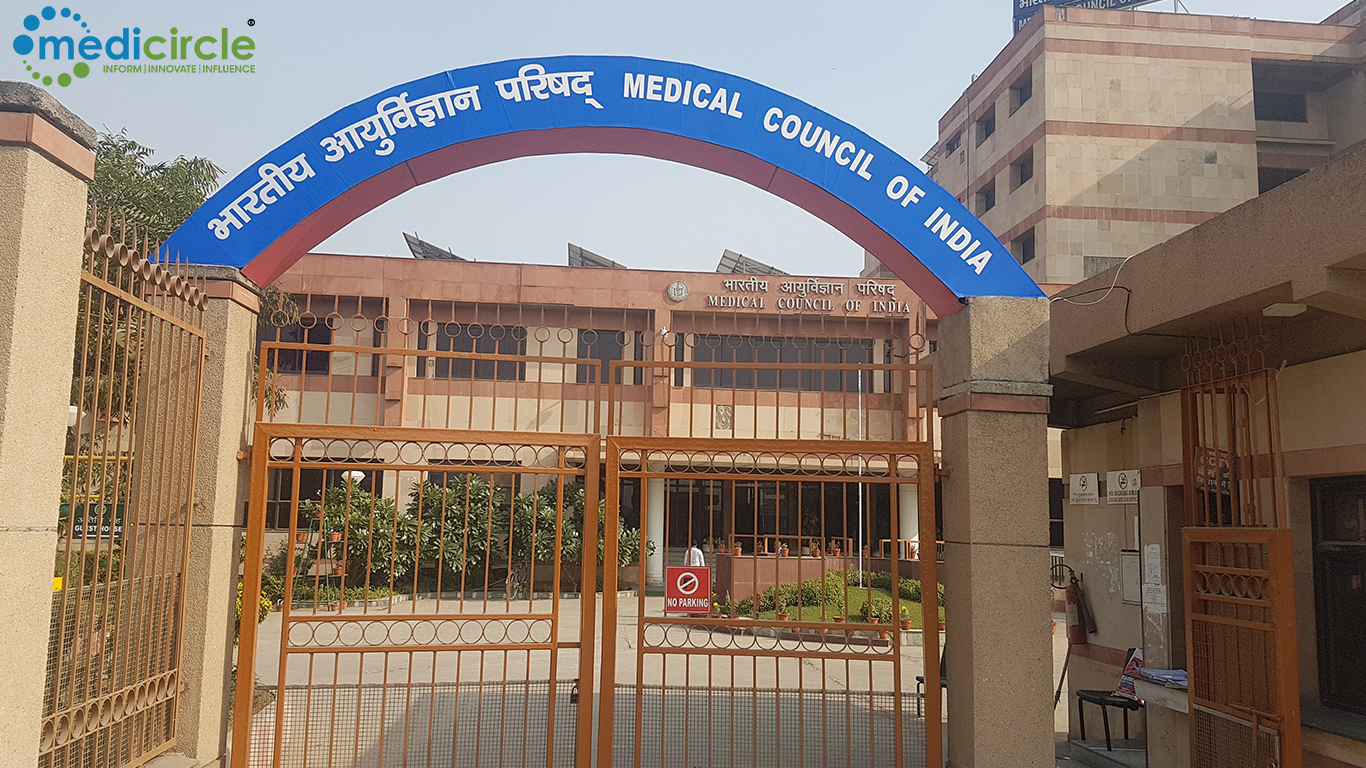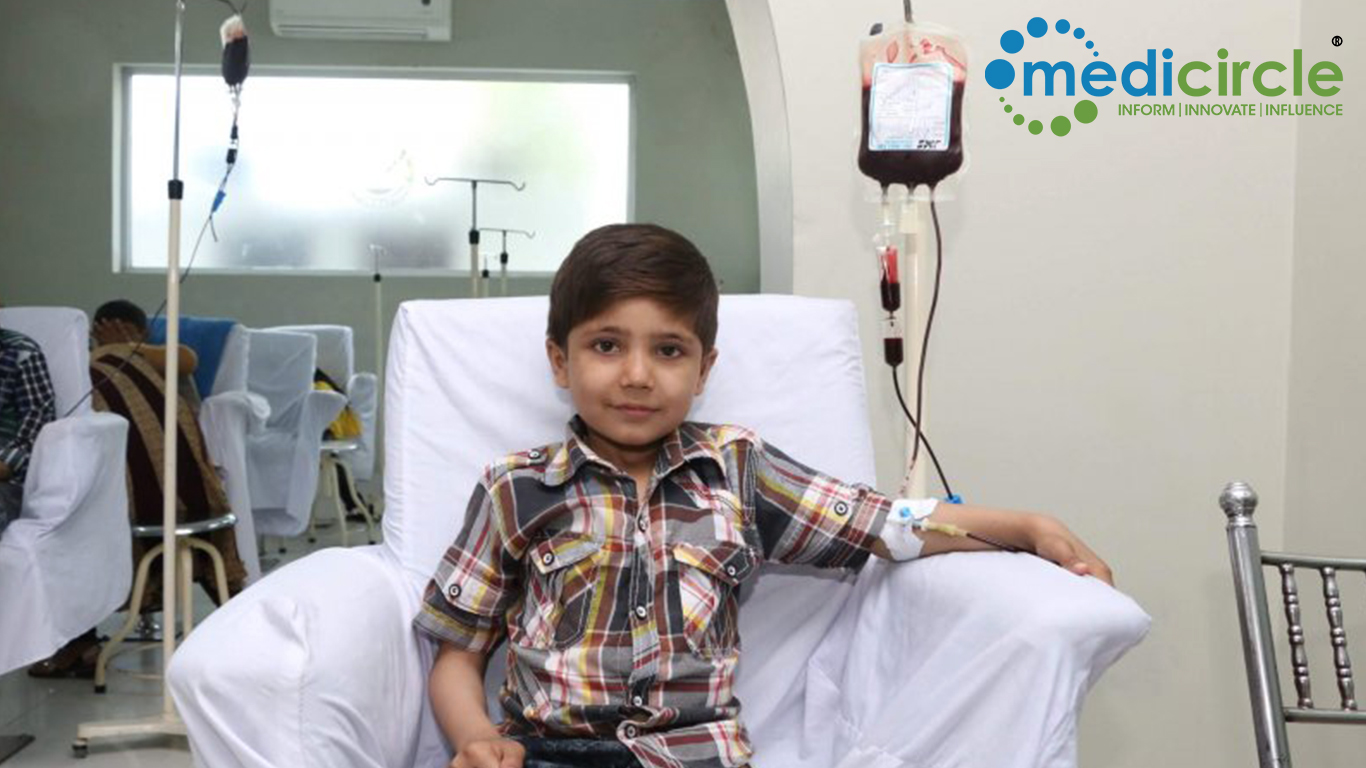In recent years, the field of spatial genomics has emerged as a revolutionary approach to investigating the role of genomic features in disease, offering insights at single-cell resolution. This cutting-edge discipline combines genomics with spatial analysis to dive into the spatial organization of genomic elements within intact tissues, providing a deeper understanding of disease mechanisms and potential therapeutic targets.
Understanding Spatial Genomics: Spatial genomics focuses on analyzing the spatial organization of genomic features within intact tissues, shedding light on how these features contribute to disease pathology. By examining various molecular components, including genomic DNA and RNA, spatial genomics offers a comprehensive view of the molecular landscape within tissues. This allows researchers to explore the spatial relationships between genomic elements and gain insights into the organization and function of individual cells.
Applications in Cancer Research: One area where spatial genomics has made significant strides is in cancer research. Cancer genomes are characterized by high levels of diversity, including single nucleotide polymorphisms (SNPs) and structural variations like copy number alterations (CNAs). These genomic changes can influence the regulation of oncogenes and tumor suppressors, driving cancer development. Spatial genomics enables researchers to explore the spatial distribution of these genomic alterations within tumors, providing valuable insights into tumor heterogeneity and potential therapeutic targets.
Advancements in Spatial Transcriptomics: Spatial transcriptomics is one of the most widely used techniques in spatial genomics. This approach allows researchers to profile gene expression within intact tissues while preserving spatial information. There are two main methods for spatial transcriptomic analysis: imaging-based methods and sequencing-based methods. These techniques enable researchers to examine gene expression patterns at single-cell resolution, offering unprecedented insights into cellular heterogeneity and spatial organization within tissues.
The Power of Single-Cell Resolution: Single-cell technologies, such as single-cell RNA sequencing (scRNA-seq), play a crucial role in spatial genomics. By capturing the transcriptome of individual cells, scRNA-seq allows researchers to explore gene expression patterns at a detailed level. When combined with spatial biology techniques, such as spatial transcriptomics, single-cell technologies provide a deeper understanding of the spatial organization of tissues and cellular phenotypes.
Case Study: Bio-Techne, through its brand Advanced Cell Diagnostics (ACD), has been at the forefront of spatial genomics research. The company's RNAscope technology enables the spatial analysis of mRNA and long non-coding RNA targets within tissues. This pioneering technology has been instrumental in advancing spatial genomics research and has been used in various applications, including the detection of SARS-CoV-2 RNA in COVID-19 patients.
Challenges and Future Prospects: While spatial genomics holds great promise for disease research, there are still challenges to overcome. Developing high-throughput technologies with enhanced spatial resolution and integrating multi-omic data are areas of ongoing research. Additionally, the clinical applications of spatial genomics, particularly in precision medicine, hold immense potential for improving patient outcomes.
Spatial genomics represents a paradigm shift in disease research, offering unprecedented insights into the spatial organization of genomic features within tissues. By combining genomics with spatial analysis, researchers can reveal the complexities of disease pathology and pave the way for novel therapeutic strategies. As technology continues to advance, the future of spatial genomics holds immense promise for transforming our understanding of human health and disease.

 Spatial genomics represents a paradigm shift in disease research, offering unprecedented insights into the spatial organization of genomic features within tissues.
Spatial genomics represents a paradigm shift in disease research, offering unprecedented insights into the spatial organization of genomic features within tissues.























.jpg)









